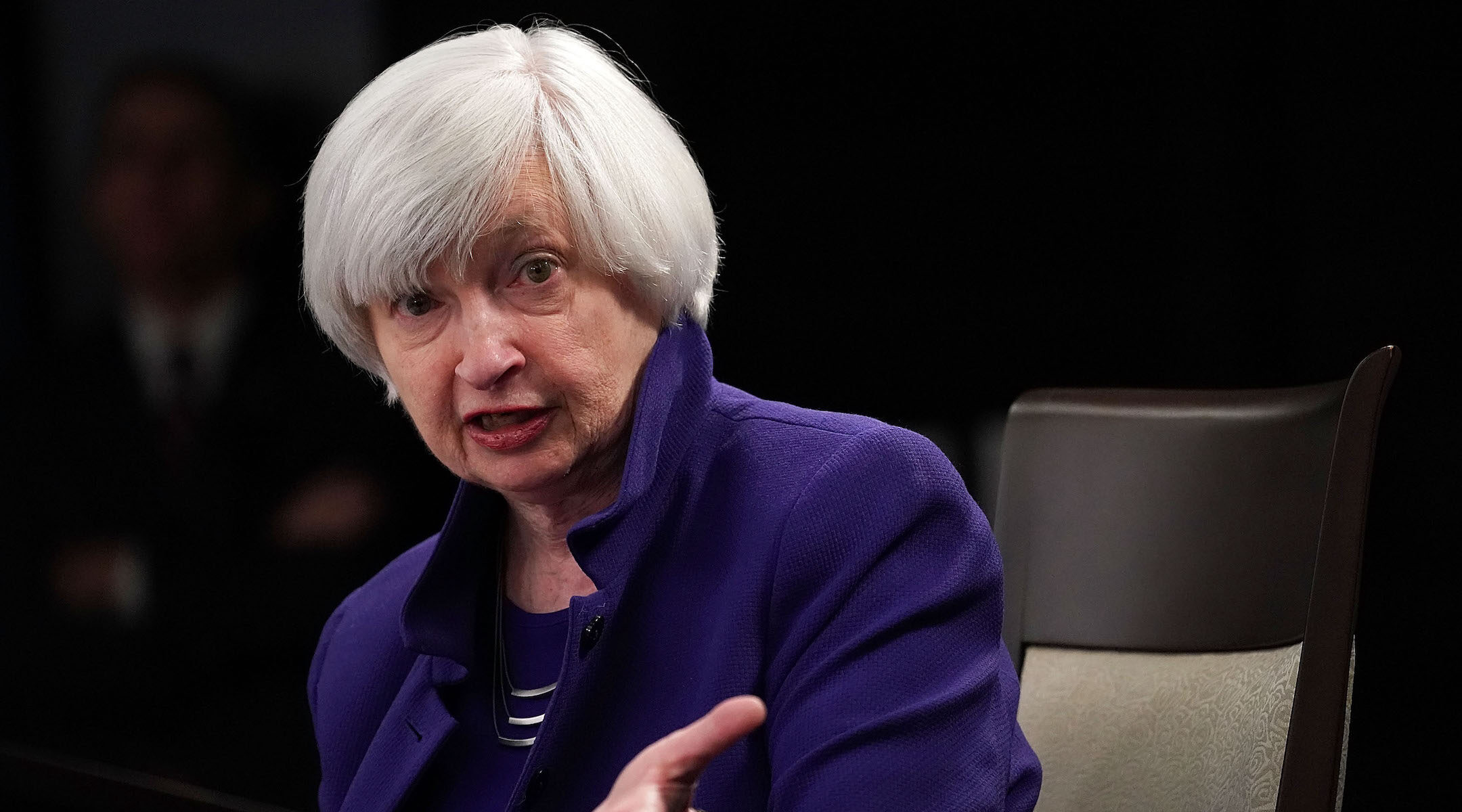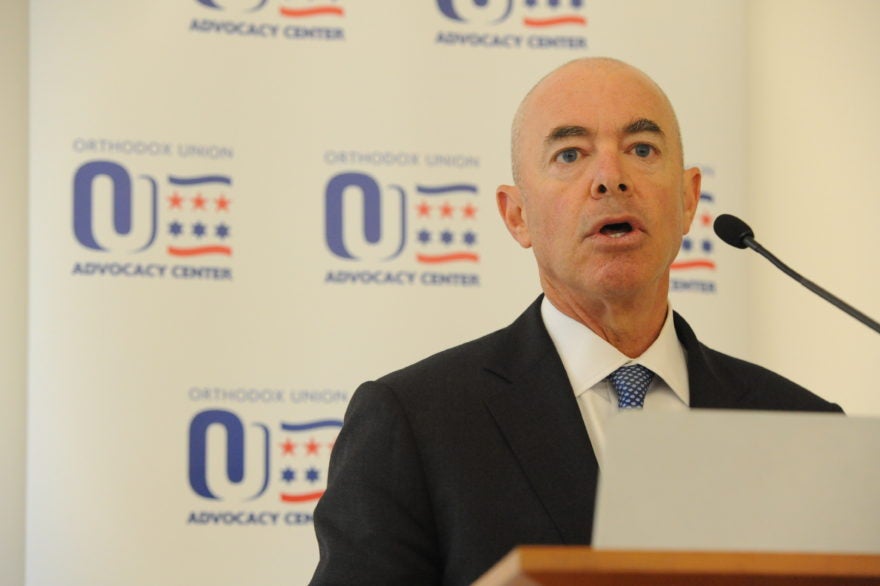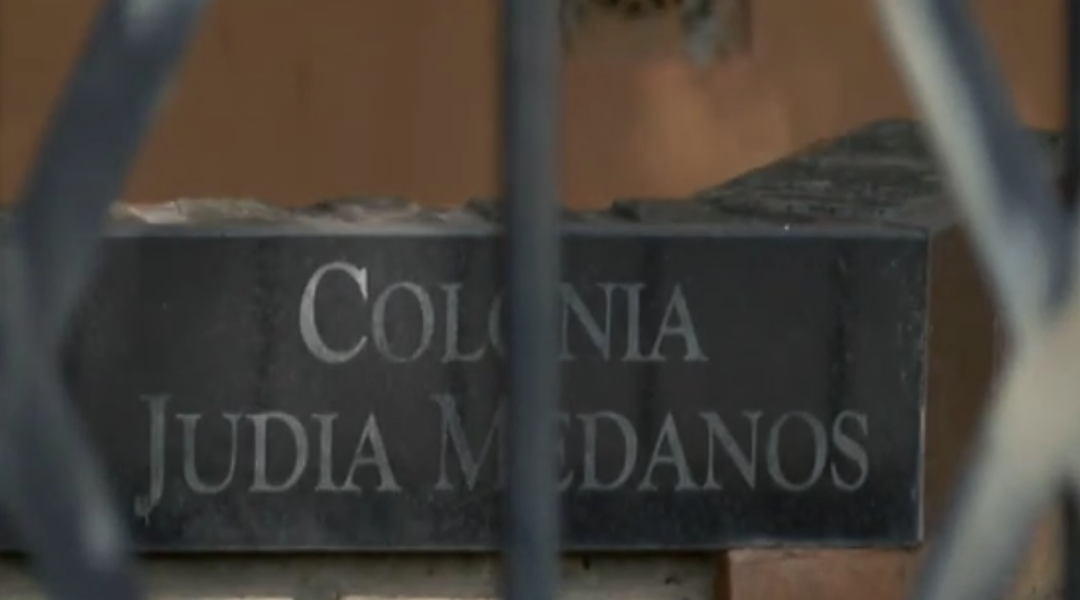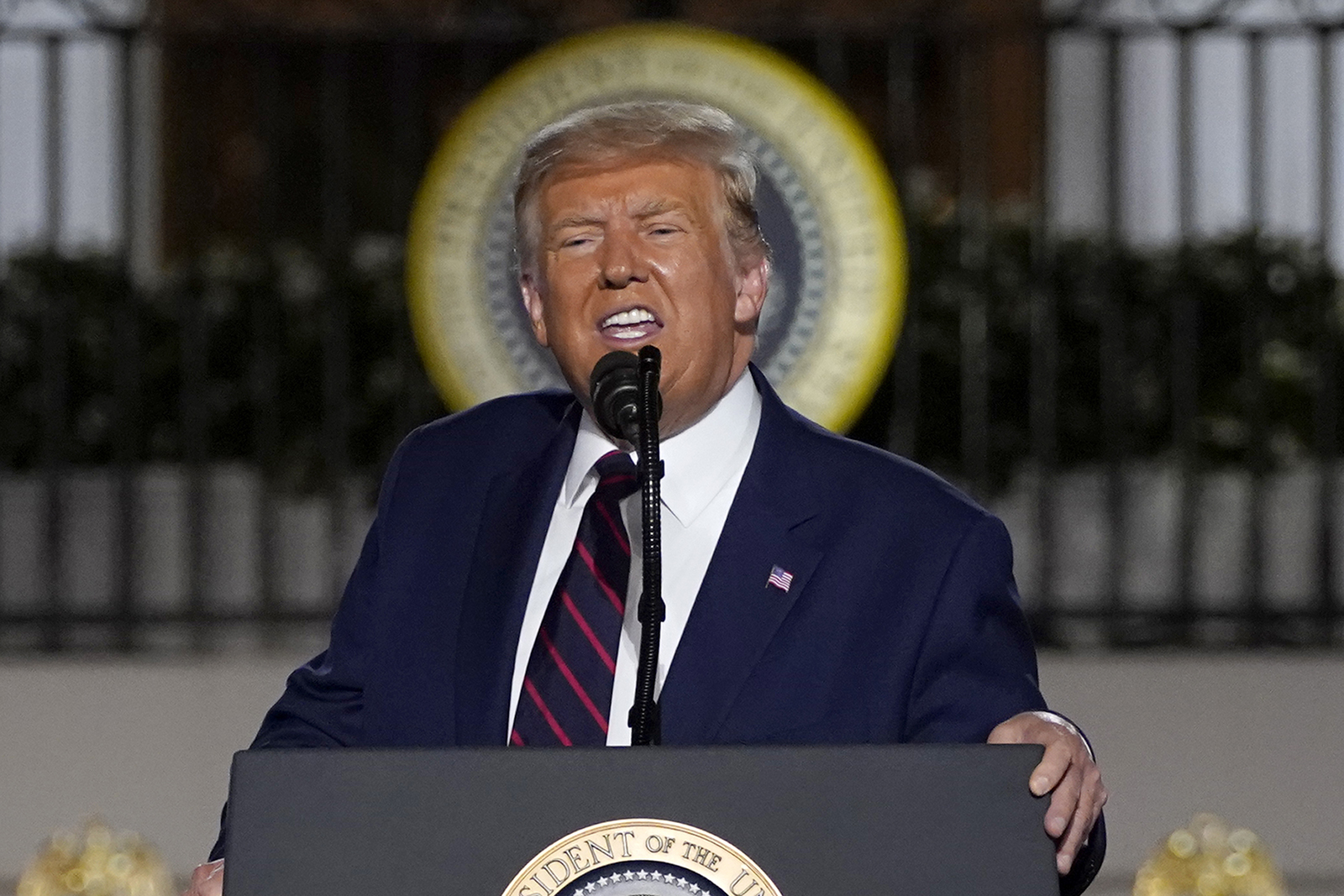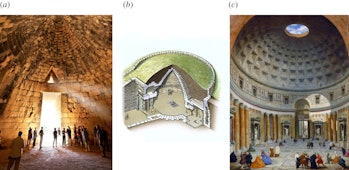The second stage of the German capital's rent cap law has come into effect, meaning that thousands of Berlin landlords could be forced to reduce their rents. But the legal battle over the law is not yet over.

From November 23, landlords in the German capital must lower excessively high rents — that is, if they exceed a standardized limit by more than 20% — or face heavy fines. The German constitutional court dismissed the landlord associations' attempts to halt the imminent reductions at the end of October.
Read more: How Berlin's rent freeze compares globally
Some 85% of all Berliners rent their apartments, and according to the Berlin Tenants' Association (BMV), some 365,000 apartments in the city are eligible for the imminent rent reduction. But that figure is disputed: A study by the F+B real estate consultancy estimates that over half a million apartments are eligible.
"It's a lucky break for Berlin tenants that we have a rent cap here, in light of the economic crisis caused by COVID-19 pandemic," the head of the BMV Reiner Wild said in a statement, before adding that the rent reduction was "appropriate, justifiable, and sensible."
The rent reductions are likely to mainly apply to rental contracts that have been signed in the last five or six years, as Berlin's rents have risen sharply in that time: From 2014 to 2019, rents on new contracts rose by an average of 30% — especially if the apartments were renovated, the BMV said. The rent cap does not apply to buildings completed after 2014. The rent for an average 60sqm apartment is around 850€, around a third of the average household income.
Burden on tenants
But many landlords in the city appear to be hoping their tenants might not notice the new rules. A survey released on Monday by the consumer rights platform CONNY found that three-quarters of its customers eligible for a rent reduction had not been informed by the landlords.
Read more: Last orders for Berlin bar at the center of a rent war
That means it's up to the tenants to check their rents themselves, which they can do through a Berlin government website, the BMV, or one of several consultancy services that have sprung up this year. They then have to sue their landlords and claim money back if they have paid too much.
"It's very probably that not all landlords will stick to the law," CONNY CEO Daniel Halmer said in a statement."We are afraid that private providers, in particular, won't lower the rent of their own accord," added Reiner Wild of the BMV, before urging tenants in Berlin to check their rents.=
Burden on landlords
The initial stage of the new cap, introduced in February this year, saw rents frozen for five years on 1.5 million apartments in the city.
Meanwhile, landlords have been busy counting the potential loss to their incomes: According to the F+B consultancy index published on Monday, landlords could lose a total of €250 million per year or €40 per apartment per month.
Read more: Berlin and Dublin — A tale of two cities' housing crisis
Landlords also have their other tools to counter the measures. Local public broadcaster RBB reported last week that a few hundred landlords had applied to a local state investment bank to be allowed to charge higher rents in order to avert economic difficulties — a state instrument for "needy cases" implemented to protect people who depend on rents for their livelihoods. That is a small minority of landlords: The Berlin government says the total number of people who draw income from Berlin rents is around 200,000.
Nevertheless, a crucial constitutional court decision is still outstanding, and due next year: It remains an open legal question whether the Berlin government, as a state government, has the right to impose a blanket rent cap. As a result, many landlords are now including "shadow rents" in their ads for new apartments – with a warning they will demand the extra back-rents if the constitutional court decides in their favor.
DW RECOMMENDS
Gentrification battle: Berlin tenants fight to save their homes from new buyers
Renters in Berlin are appealing to the local council to stop the sale of their homes. But if buyers offer no guarantees, and the building is too expensive, there isn't much the authorities can do to protect them.
Berlin gentrification debate flares over Norwegian billionaire's investment
Berlin residents are worried that billionaire property developer Ivar Tollefsen is buying up thousands of apartments. His company Heimstaden claims it will work with the community, but won't sign a pledge saying so.
